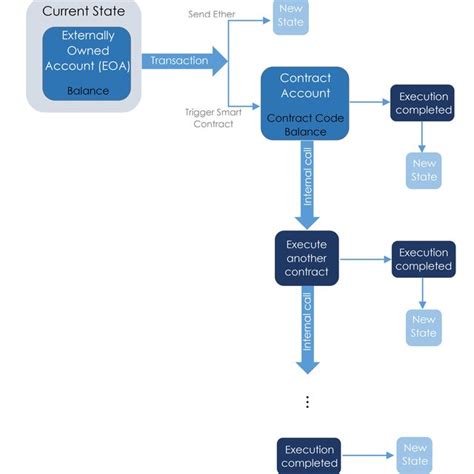Interaction with ERC-721 Tokens using Safe SDK: Guide
The Ethereum Soltism Programming Language, built on the Ethereum virtual machine (EVM), provides a set of libraries and tools for interacting with various components of the Ethereum ecosystem. One such component is the standard ERC-721 marker, which allows developers to create, manage and transfer unique digital assets known as NFT.
In this article, we will study how to interact with the ERC-721 markers using Safe SDK, a library that simplifies the process of building decentralized applications (DAPP) on the Ethereum network.
ERC-721 tokena Review

Before we immerse ourselves in interaction with ERC-721 markers, let’s quickly review what they are:
- Token ERC-721 is a unique digital asset that can be stored, transferred and trades to Ethereum blockchain.
- Each ERC-721 marker has a unique identifier called the Token ID.
- Tokens can be anything from art to collectible value and their value and use vary greatly.
Safe SDK: Interaction with ERC-721 Tokens
The safe SDK provides a set of features for interacting with different components of the Ethereum ecosystem. In order to interact with ERC-721 markers with the help of Safe SDK, you will need to use the Ethers.js' library in connection with the Safe SDK.
Here's an example of how you can use Safe SDK to list, transfer and balance ERC-721 markers:
Javascript
// Import the required libraries
CONST Ether = Requirement ('Ether');
CONST SAFESDK = Requirement ('@Safe-SDK/Ethereum-Safe-SDK');
// Set your Ethereum Provider (eg Infuras or Alchemia)
CONST PROVIDER = New Euters.providers.jsonrpcprovider ('http: // localhost: 8545'); // or '
// Determine the ERC-721 contract address
CONST ERC721Contractaddress = '0x ...'; // Replace with your marker's contract address
// List all available tokens on Blockchain
Safesdk.gettokens ().
CONST TOKENIDS = tokens.map (token => token.id);
// Find a specific ID marker
Safesdk.gettoken ('0x ...').
Console.log (found token with ID: $ {token.id});
// transfer ownership of the token to another address
Safesdk.transfornership (ERC721Contractaddress, '0x ...', {from: '0x ...'}).
Console.log ('marker is successfully transferred');
}).
Console.error ("transferring errors in the sign: ', error);
});
});
// List the balance of all the tokens
Safesdk.getbalance ().
Const Balancesults = Balance.Map (Balance => Balance.balance);
Console.log (Available tokens with their balances:);
console.log (balanceresults);
});
});
In this example, we created a simple Ethereum provider and define the ERC-721 contract address. We then use the ‘Getkens ()’ feature to list all the available EC-721 markers identifiers of Blockchain.
To find a specific ID marker, we use the feature `. In this case, we just step into0x …Token ID.
To transfer ownership of a marker to another address, we use the Transfornership () feature. We transfer to the contract for the ERC-721 contract address, the address of the new owner and a JSON object containingfrom ‘and to real estate.
Finally, to list the balances of all tokens, we use the ‘GetBalance ()’ feature.
Interactions with tokens ERC-20
While the Safe SDK provides an interaction interface with ERC-721 markers, it does not provide a direct way of interacting with ERC-20 markers. However, you can use the same library to perform these interactions using the following code:
“ Javascript
// Import the required libraries
CONST Ether = Requirement (‘Ether’);
CONST SAFESDK = Requirement (‘@Safe-SDK/Ethereum-Safe-SDK’);
// Set your Ethereum Provider (eg Infuras or Alchemia)
CONST PROVIDER = NEW ETHERS.PROVIDERS.